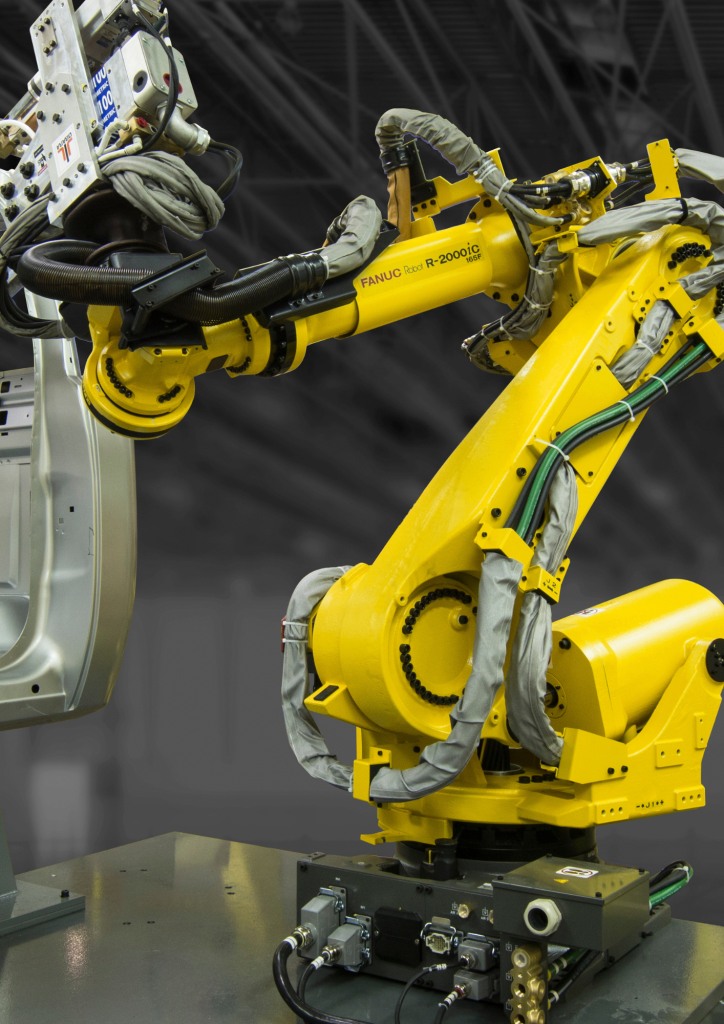Robotic arms, at the core of modern production and manufacturing, are changing the rules in a way previously thought to be impossible. They combine high-quality, safety and efficacy. Robots are mechanical marvels that are now essential to various industries throughout the world. They were created to cut operating costs and ensure high-quality standards. Robotic arms are being incorporated into production lines in order to reduce costs and improve security. Learn how these cutting-edge robots have transformed the landscape of industrial production.
Cost-effectiveness is the primary driver behind the use of robotic arms around the world. Owners of factories are under constant stress to prevent workplace injuries, limit production mistakes, and minimize waste. A robotic arm tackles these problems. Robots can eliminate costly errors and decrease the amount of raw materials by performing repetitive tasks more efficiently than humans. For instance, in high-volume industries such as automotive manufacturing arms perform precise welding and parts placement to ensure perfect assembly each time. This accuracy can translate into significant savings, as fewer defective products mean less rework and wasted.

Image credit: automatedsolutions.com.au
Security is another pillar of the robot arm revolution. Numerous manufacturing jobs like handling hazardous materials or operating heavy machinery pose significant risks to human workers. By using robot arms, enterprises can take workers away from hazardous environments. This lowers the risk of workplace injury. A robotic arm, designed as a kinematic chain of movable joints, mimics the functionality of a human arm but operates without the risk of physical harm. They are equipped with robotic hands, or programmable end-effectors. They can perform tasks like grasping, spinning and welding, in conditions that are unsafe for humans.
The versatility of robot arms can be a game changer in many industries. Robots can be adapted to many different tasks, from automotive assembly to electronic production. They are programmable, which allows them to execute complex tasks, such as tending to machines, painting, or fiberglass application, with unmatched accuracy. Robotic arms have revolutionized the palletizing process in warehouses by automating it with speed and accuracy. Automation not only increases efficiency, but also guarantees reliability, as robot arms are able to work for hours without fatigue.
The growth of cobots (collaborative robots) that collaborate with human workers is one of the most thrilling advancements in this area. Contrary to traditional industrial robots which are restricted to isolated cells, cobots equipped with robotic arms have been designed to allow safe, seamless interaction with humans. In a manufacturing environment the robotic arm of a cobot might handle the heavy lifting or tasks that are repetitive, freeing humans to concentrate on more challenging tasks. This type of collaboration boosts efficiency and ensures a secure workplace since cobots may be programmed so that they can adjust or stop their movements when a person is near.
Robotic arms have a profound influence on the modern production and not just in terms of safety, but also efficiency. The ability of robot arms to complete tasks with incredible precision including welding, material handling or assembly have made them indispensable in areas where safety is a priority. For instance, in manufacturing of automobiles, a robot arm can move and rotate parts during assembly, which ensures an exact alignment with no human intervention. Robot arms are also used in electronic devices to handle fragile components. This reduces damage, and enhances output quality.
As industries continue to evolve, the role of robotic arms will only grow. They can cut costs, improve safety and adjust to various tasks, robotic arms are the core of the future of manufacturing. Robot arms, which blend cutting-edge technology and human creativity, are not only tools and tools, but are actually partners in progress. They inspire technological innovation and alter the way in which the world is built.
